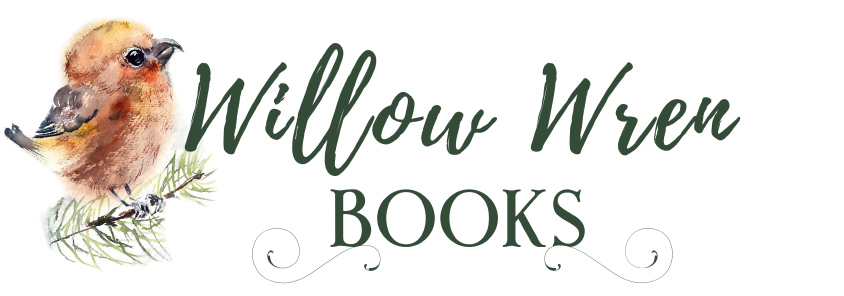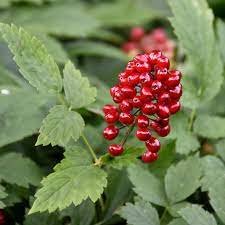The Hidden Dangers: Exploring Poisonous Plants for My Next Mystery Novel
Today, I want to take you behind the scenes of my latest cozy mystery project and share some fascinating research I've been delving into: poisonous plants.
As I dig deeper into the world of toxins, I've uncovered a wealth of information about plants that masquerade as harmless edibles but can pack a deadly punch. Let's explore a few examples:
Hemlock
This deadly plant often gets mistaken for Queen Anne’s Lace or the medicinal herb Yarrow. With its delicate white flowers and fern-like leaves, it's easy to see how one could confuse it with its harmless counterparts. However, ingesting even a small amount of Hemlock can lead to paralysis and death.
Red Baneberry
Resembling the elderberry, this plant may seem innocuous at first glance. But don't be fooled by its vibrant red berries. Red Baneberry contains toxic compounds that can cause nausea, vomiting, and even cardiac arrest if ingested.
Manchineel Tree
Known as the most poisonous tree in the world, the Manchineel's fruit bears a striking resemblance to crabapples. Found in tropical regions, this tree's deceptively sweet fruit can cause severe burns and blistering if touched, and even death if ingested.
Dog’s Mercury
Often mistaken for the herb Brooklime, Dog’s Mercury is a common woodland plant with small, unassuming flowers. However, all parts of this plant are highly toxic, containing alkaloids that can cause symptoms ranging from nausea to organ failure.
Last but not least, this tricky and deceptively innocuous little guy:
Death Cap Mushroom
Resembling the harmless Paddy Straw mushroom, the Death Cap is one of the deadliest fungi out there. Its innocent appearance belies its potent toxins, which can cause liver failure and death if consumed.
As I uncover these hidden dangers, I can't help but be drawn in by the intricate dance between life and death that exists in nature. The allure of foraging and exploring the wilderness takes on a new dimension when you consider the potential risks lurking beneath the surface.
So, the next time you're out in nature, remember to tread carefully and always double-check before you pluck that seemingly innocent plant or mushroom. And stay tuned for my upcoming mystery novel, where these deadly botanicals may just make an appearance in a twisty plot filled with intrigue and suspense ;)





